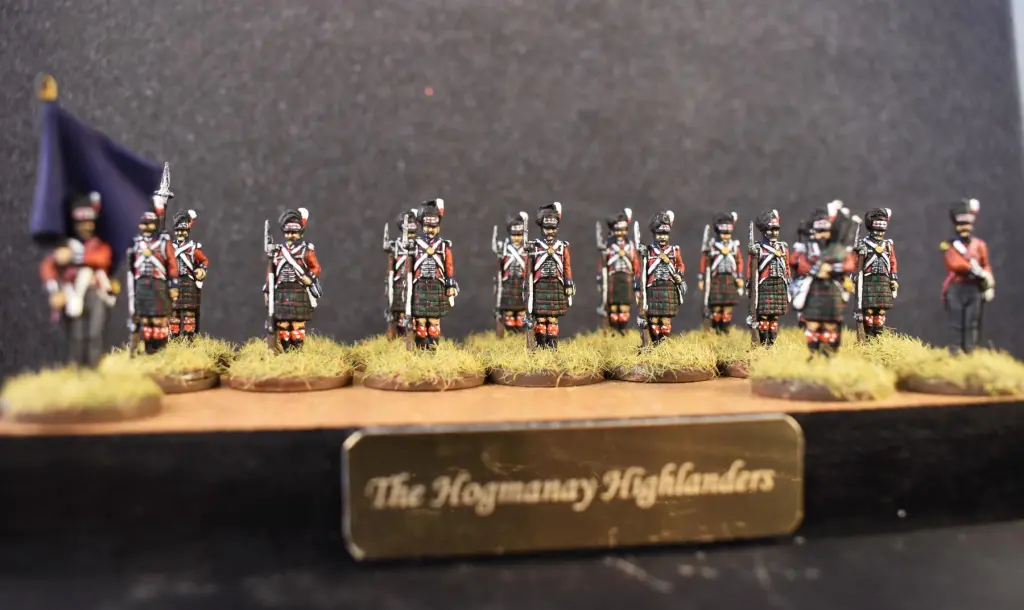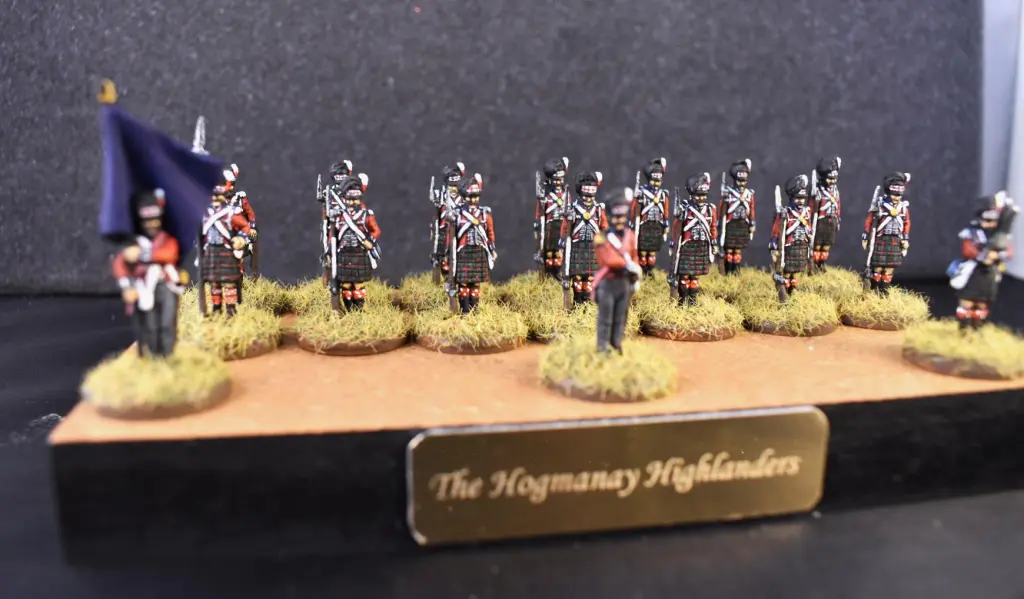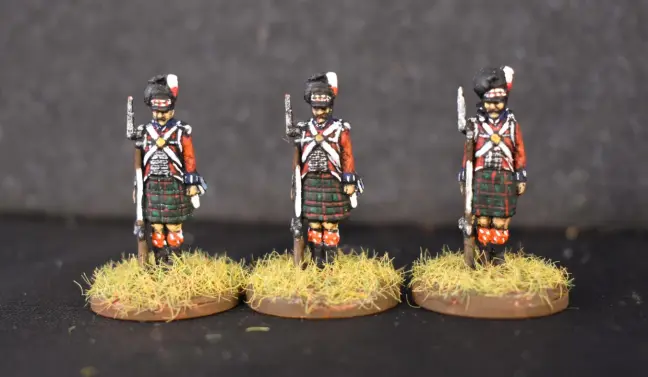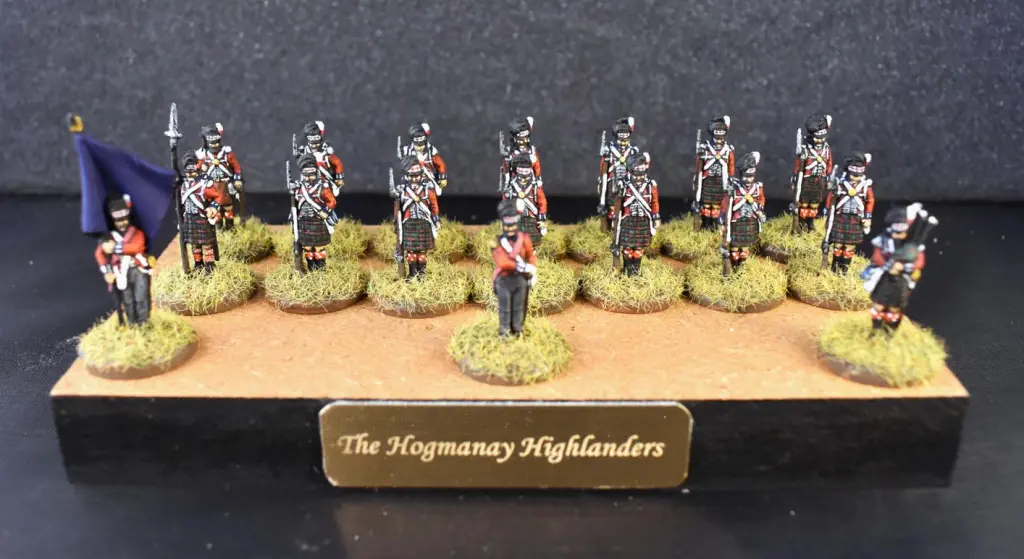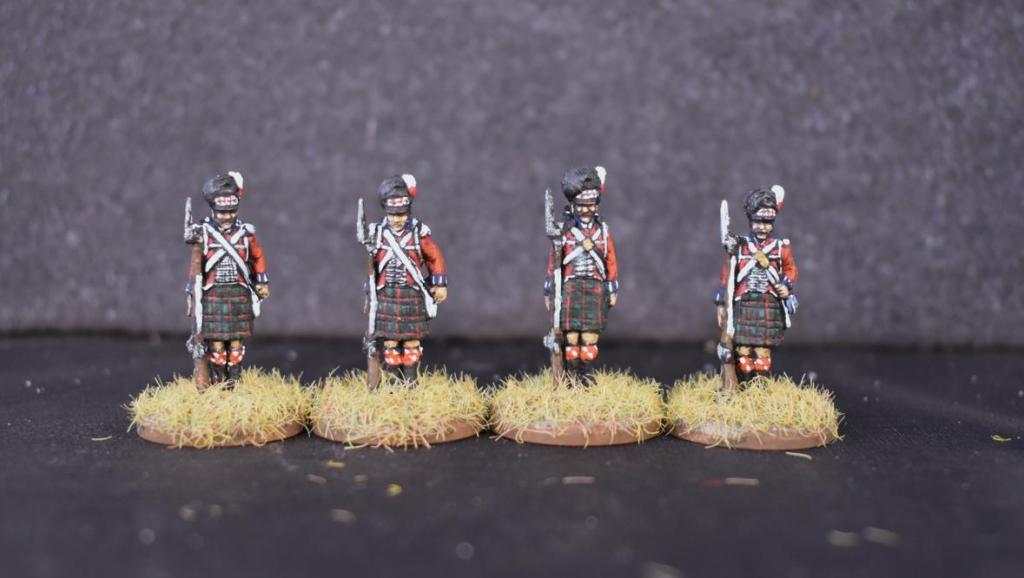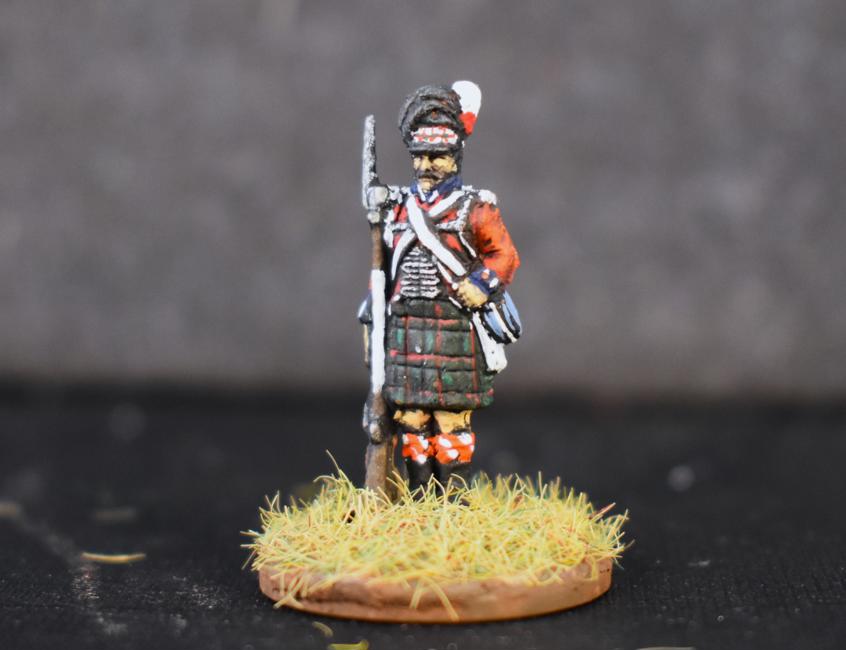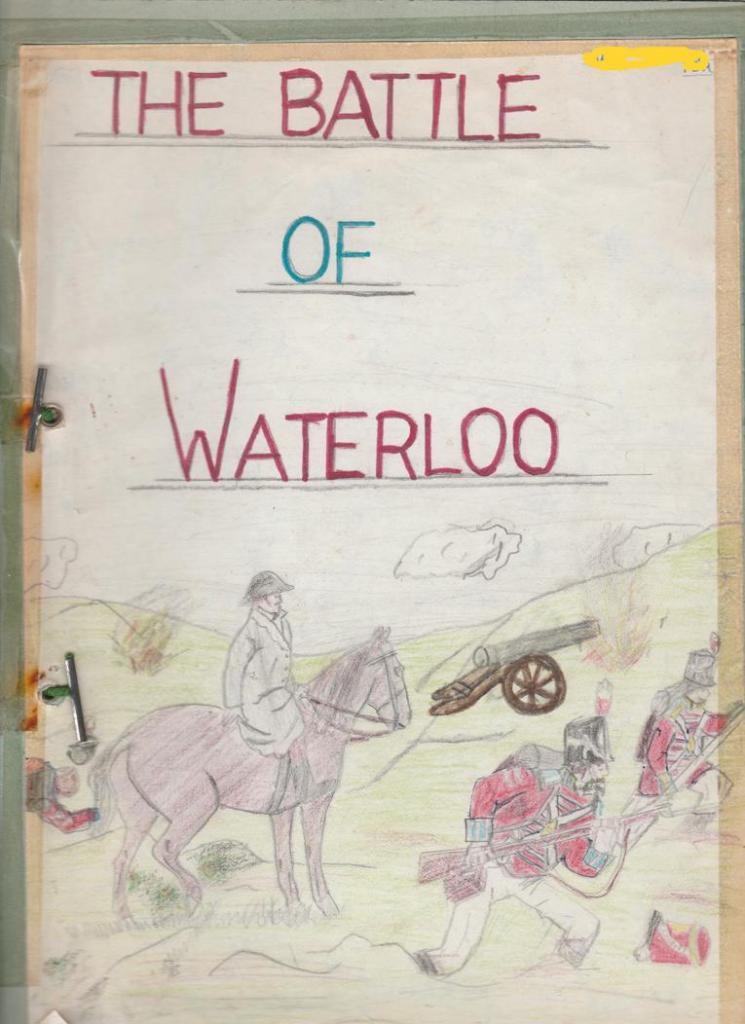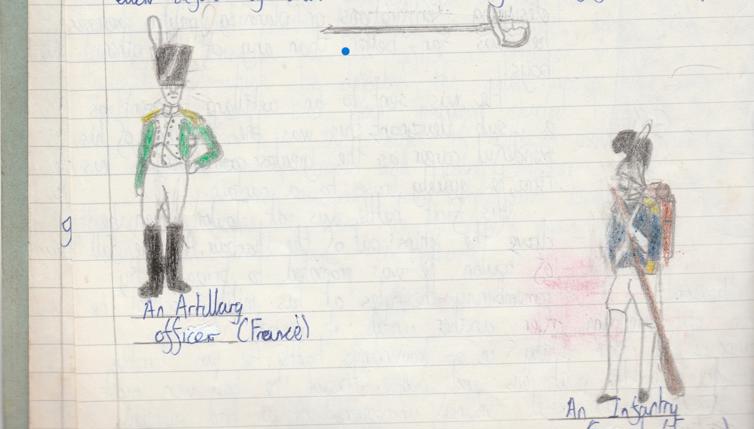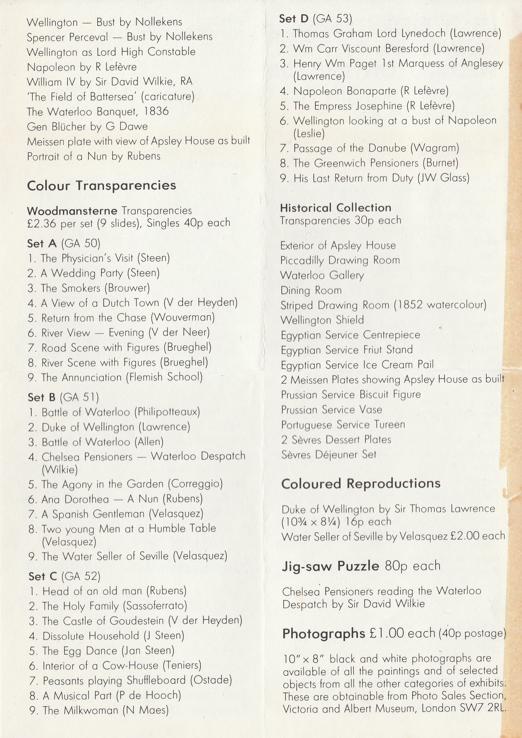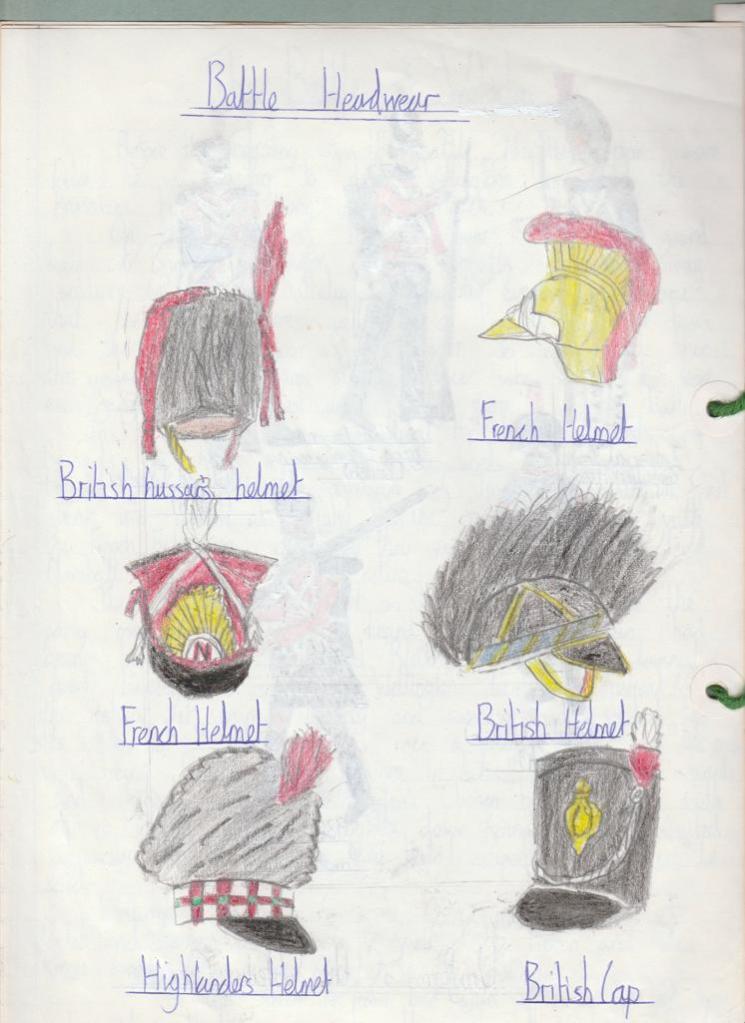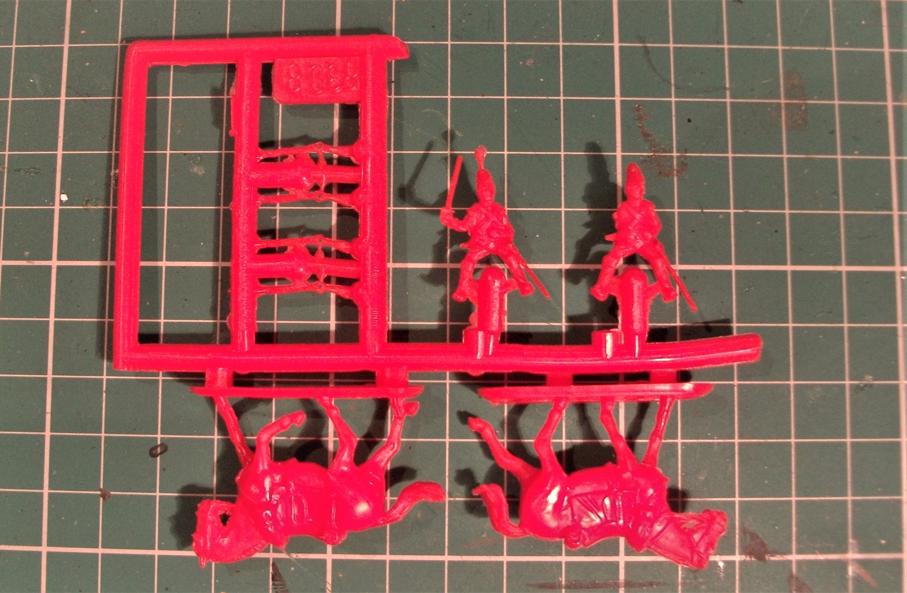The expanding of my festive-themed imagi-nation “The Army of Advent” has become something of an obsession over the years. Some eleven years ago, in 2013, I created the first platoon of Christmas-themed troops with the raising of the The First Noel Regiment of Foot.
Standing guard over the fireplace each Christmas time for a couple of years, they were soon joined by a sister regiment, The Yule Grenadiers. Thereafter, the Army of Advent has grown, with more and more regiments being raised from the Cavalry and the Artillery, as well as the infantry arm.
| Year Raised | Regiment(s) |
| 2013 | The 1st Noel Regiment of Foot |
| 2015 | The Yule Grenadiers |
| 2017 | The Christingle Dragoons and The Carolling Hussars |
| 2018 | Cracker Battery, Christmas Artillery |
| 2019 | The Midwinter Fuzileers and The Mistletoe Guards |
| 2020 | The Eggnog Cuirassiers |
| 2021 | The Poinsettian Rifles |
| 2022 | Pudding Mortar Battery, Christmas Artillery |
| 2023 | The Christmas Carabiniers |
| 2024 | The Hogmanay Highlanders and more to be announced… |
For the latest additions, I’ve decided to add three regiments of Highlanders to the Infantry to form a kind of Highland Brigade. All my figures for this imaginary army have hitherto come from the Seven Years War era. The Highlanders I’ve chosen are admittedly a little outside of this, coming from the Napoleonic period. However, the uniform of the Napoleonic highland regiments were not dramatically different to those from the 1760s. The first highland bonnets being introduced around that time. Not even sure why I’m justifying all this as it’s an imagi-nation anyway but I suppose I’m trying to say that I think they fit the vibe!
So – introducing The Hogmanay Highlanders!
The figures I’m using are Strelets Highlanders Standing (Order Arms) 1/72 scale set. Strelets also have Napoleonic Highlander sets “At Ease”, “On the March”, “In Attack”, “Firing Line”, “In Square” and “Shoulder Arms”! I thought the Order Arms set looked the most suitable for parading.
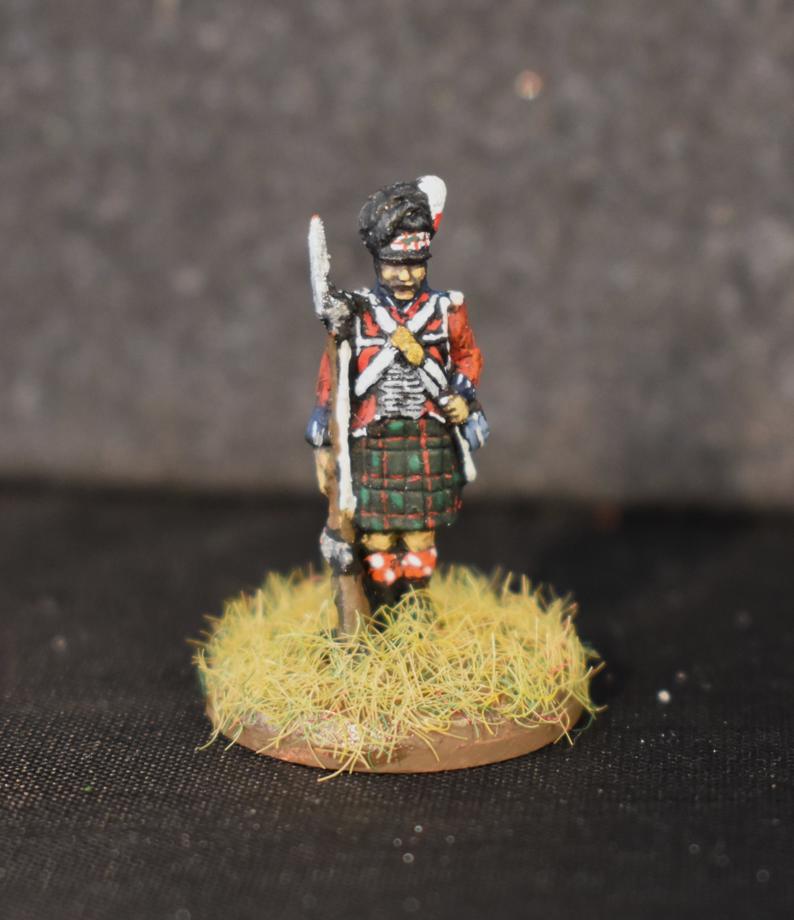

I decided that I would keep traditional British army dress for the most part so as to keep them recognisably Highlanders. I would get enough free range to invent the tartan pattern and choose distinctive regimental facings, etc.
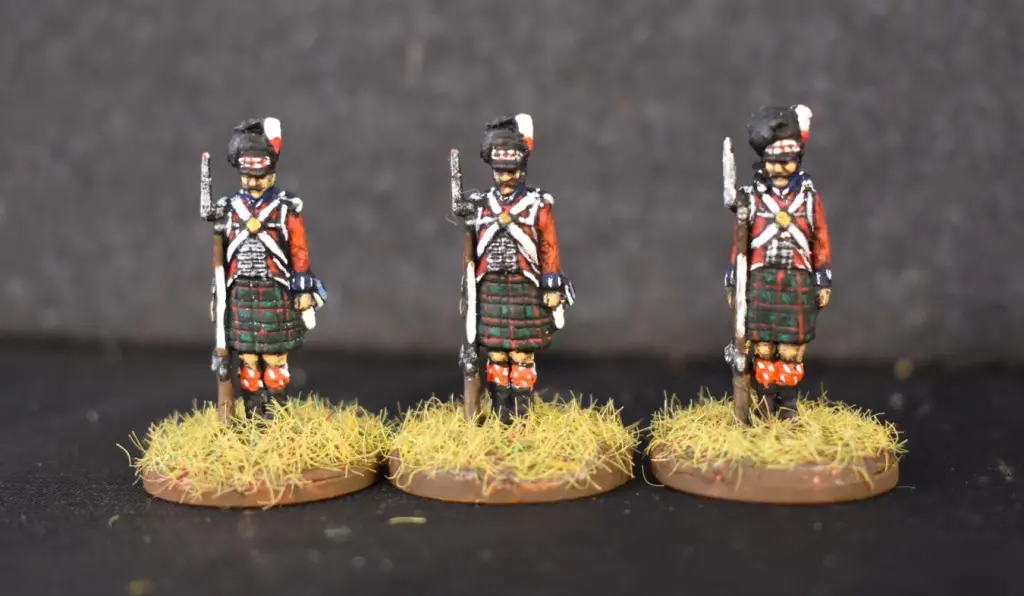
I’ve always had a deep-seated fear of painting tartan at 1/72 scale, never mind all that diagonal red and white sock tops and the chequered band across the bonnets. I decided that a relaxed approach to this was the best way to preserve sanity and found a process that worked after some trial and error. My original plans for the design of the tartan were soon shelved in favour of ‘what worked’.
The ‘Hogmanay Tartan’ I’ve created has a dark green background, red threads, with a contrasting deep green squares.
For the diced headband and the sock tops a few white dots on a red background here and there seemed to create a decent enough effect.
The Hogmanay’s are also distinguished by blue collars and cuffs and a white over red hackle.

The set came with a small command unit featuring an officer, ensign, a piper and some NCOs. I haven’t designed the Hogmanay’s flag yet and may just keep it vague and simple as it already moulded into a folded shape.

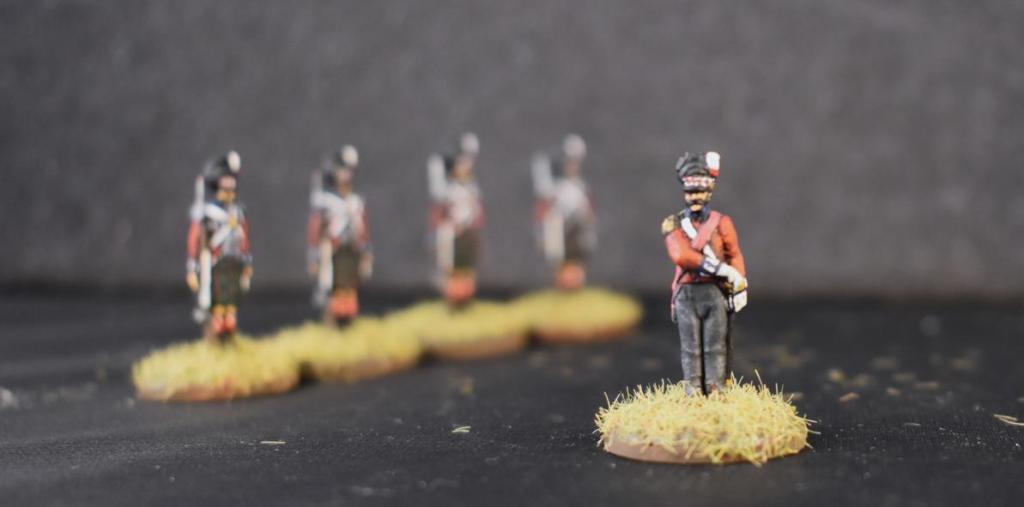
I do like the piper whose bag is painted to the same Hogmanay Tartan design. I recognise that if I was to be authentically Napoleonic, then it would have been featured reverse facings, but I’m not – so I didn’t!

All in all, painting Highland regiments involves a lot of effort but the results, with a little patience, are worth it, I think

The next regiment in the Advent Army Highland Brigade are approaching completion too. So watch out for The Cranachan Highlanders, with different distinctions and a different tartan, in a future post!
